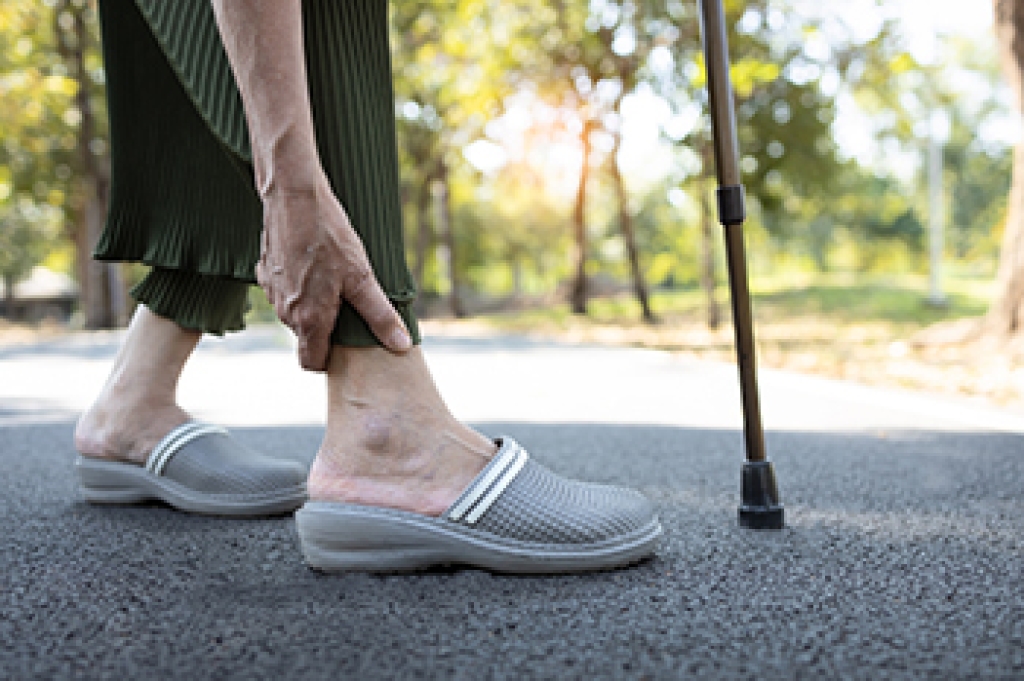
Athlete's foot is a fungal infection that affects the skin on the feet, often starting between the toes. It causes itching, burning, cracking, peeling, and redness. Warm, moist environments such as locker rooms or sweaty shoes can contribute to its development. Risk factors include wearing damp socks, walking barefoot in public places, or having a weakened immune system. The fungus spreads through direct contact or contaminated surfaces. A podiatrist can diagnose the condition, recommend effective antifungal treatments, and provide guidance to prevent recurrence. If you are experiencing persistent foot irritation, it is suggested that you schedule a visit with a podiatrist who can accurately diagnose what may be going on.
Athlete’s foot is an inconvenient condition that can be easily reduced with the proper treatment. If you have any concerns about your feet and ankles, contact Cary Golub, DPM from New York. Our doctor will treat your foot and ankle needs.
Athlete’s Foot: The Sole Story
Athlete's foot, also known as tinea pedis, can be an extremely contagious foot infection. It is commonly contracted in public changing areas and bathrooms, dormitory style living quarters, around locker rooms and public swimming pools, or anywhere your feet often come into contact with other people.
Solutions to Combat Athlete’s Foot
- Hydrate your feet by using lotion
- Exfoliate
- Buff off nails
- Use of anti-fungal products
- Examine your feet and visit your doctor if any suspicious blisters or cuts develop
Athlete’s foot can cause many irritating symptoms such as dry and flaking skin, itching, and redness. Some more severe symptoms can include bleeding and cracked skin, intense itching and burning, and even pain when walking. In the worst cases, Athlete’s foot can cause blistering as well. Speak to your podiatrist for a better understanding of the different causes of Athlete’s foot, as well as help in determining which treatment options are best for you.
If you have any questions please feel free to contact our offices located in Williston Park, and Long Beach, NY . We offer the newest diagnostic and treatment technologies for all your foot and ankle needs.




